Cyber Security Framework: Components, Tiers, and Stakeholders
VerifiedAdded on 2023/06/10
|5
|1114
|370
Homework Assignment
AI Summary
This document provides a comprehensive solution to a Cyber Security Framework assignment, addressing key questions about its importance, components, stakeholders, and implementation tiers. The solution begins by explaining the significance of the CSF in providing a common language and systemic methodology for managing cybersecurity risks, emphasizing its role in building a flexible cybersecurity strategy. The assignment then delves into the three core components of the CSF: Implementation Tiers, Framework Core, and Profiles, detailing their functions and how they contribute to risk reduction and organizational alignment. Furthermore, the solution identifies the key stakeholders involved in the implementation process, highlighting the roles of government and private entities. Finally, the assignment concludes by explaining the four tiers of the framework and why management should care, emphasizing their role in integrating cybersecurity risk decisions and ensuring the organization meets its goals for a risk-free environment. References are also provided to support the arguments.
1 out of 5
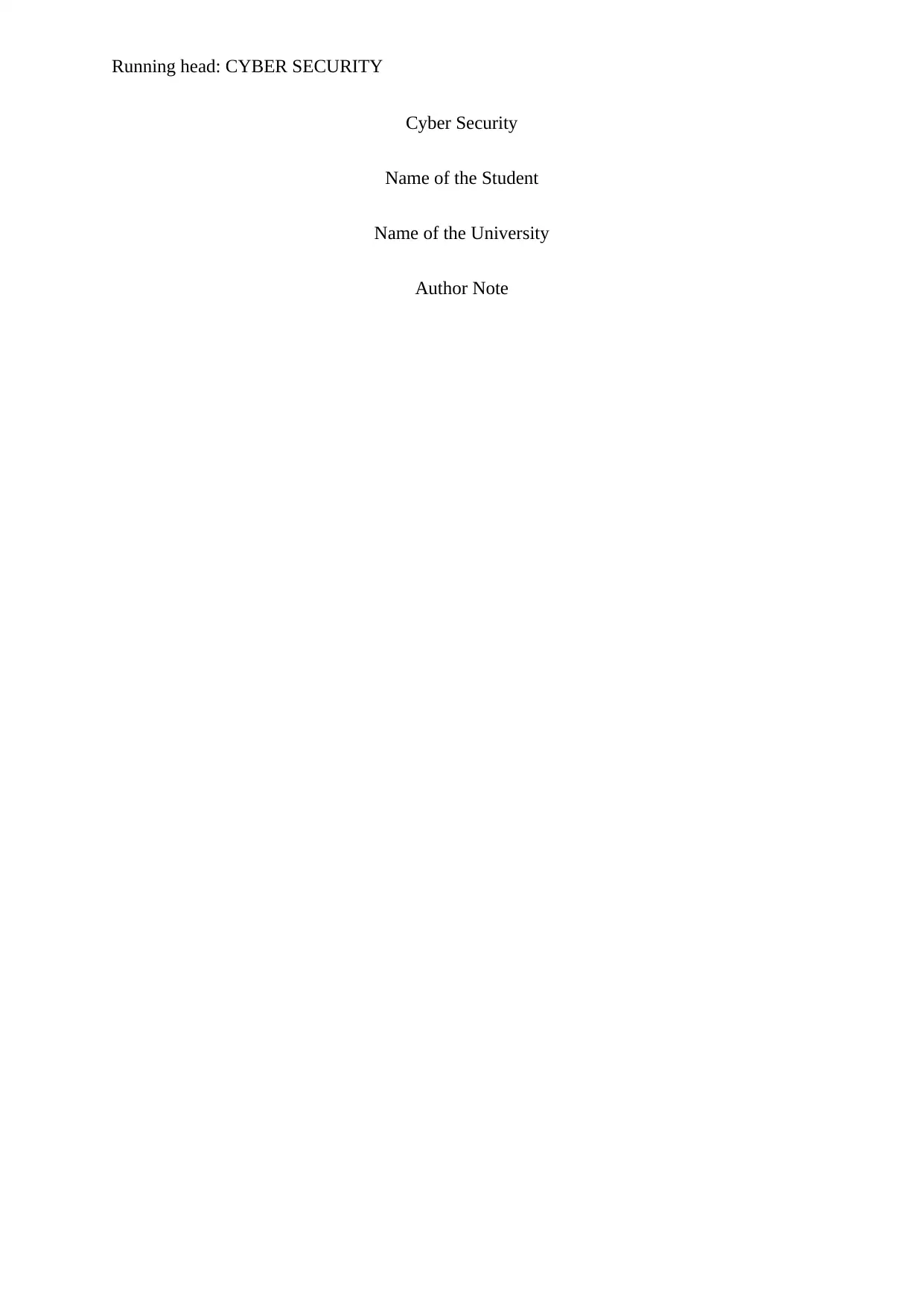
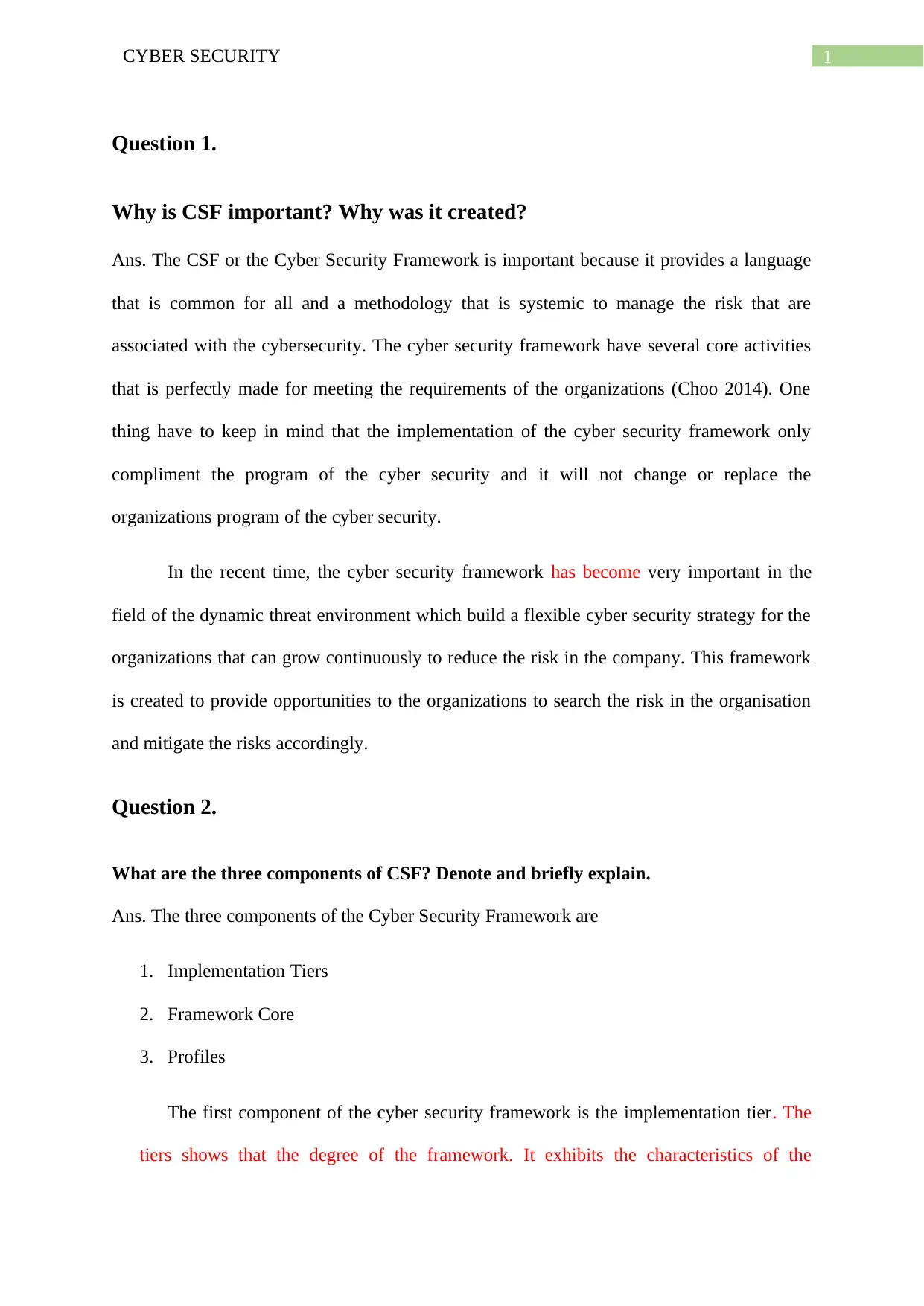
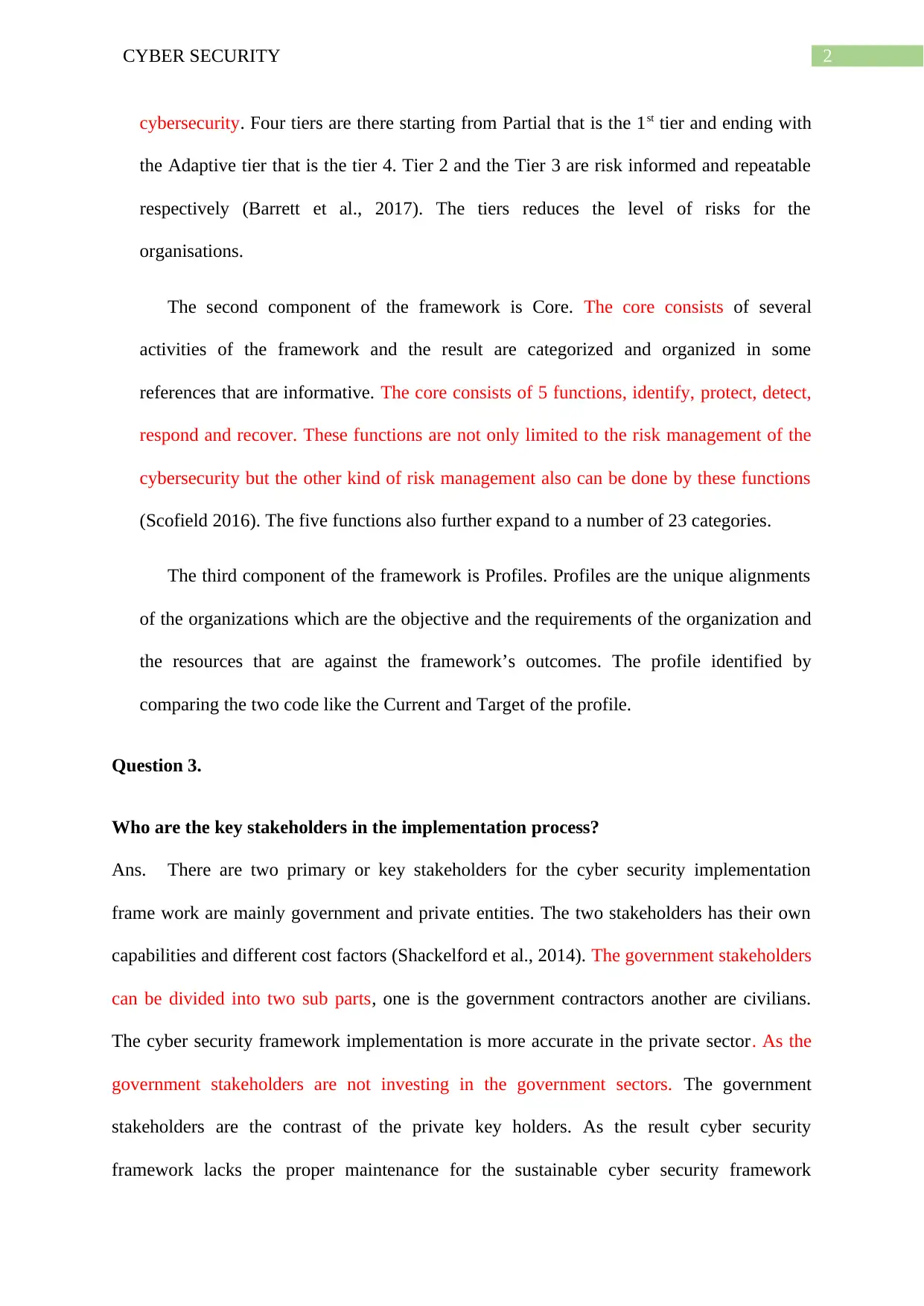

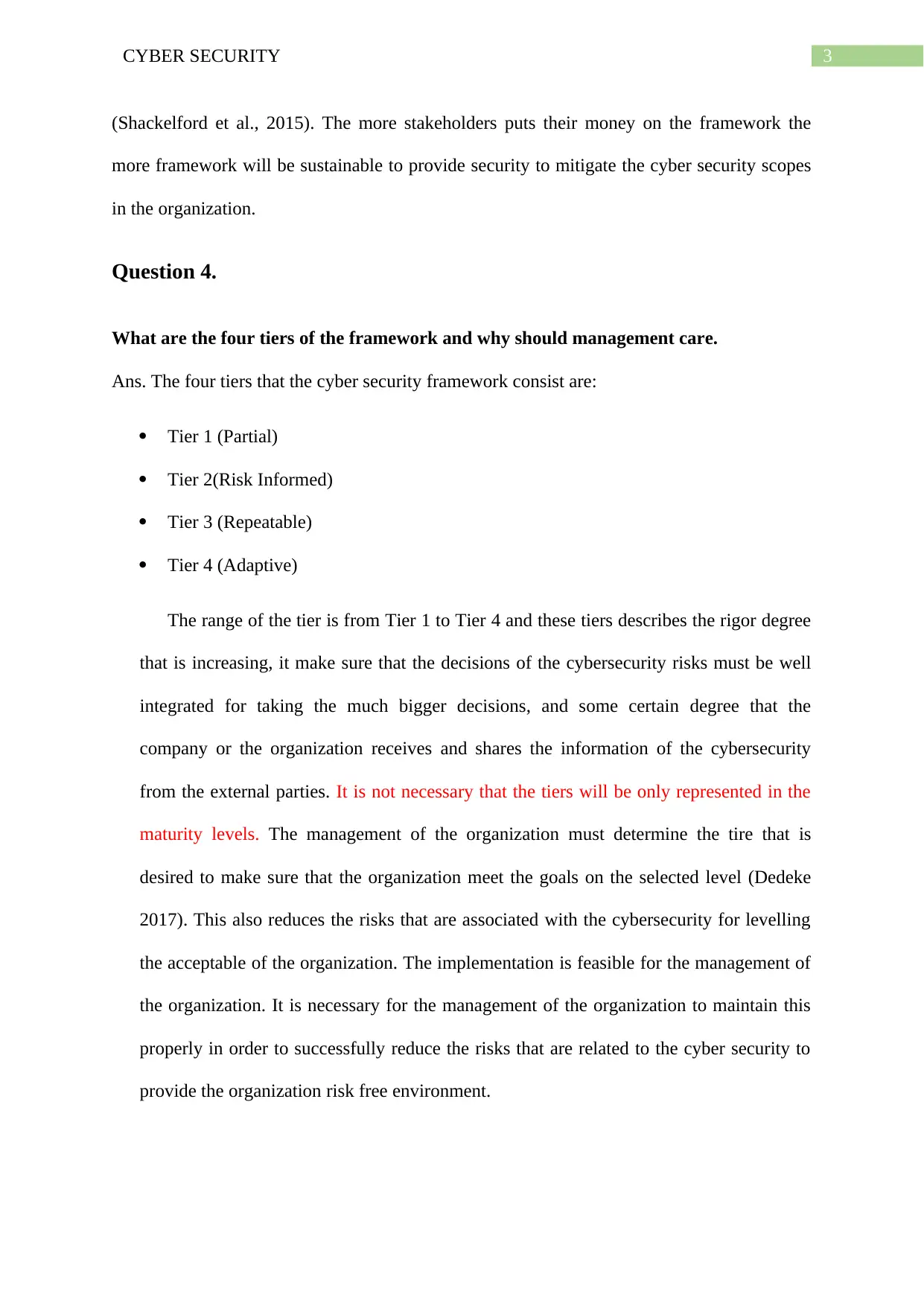
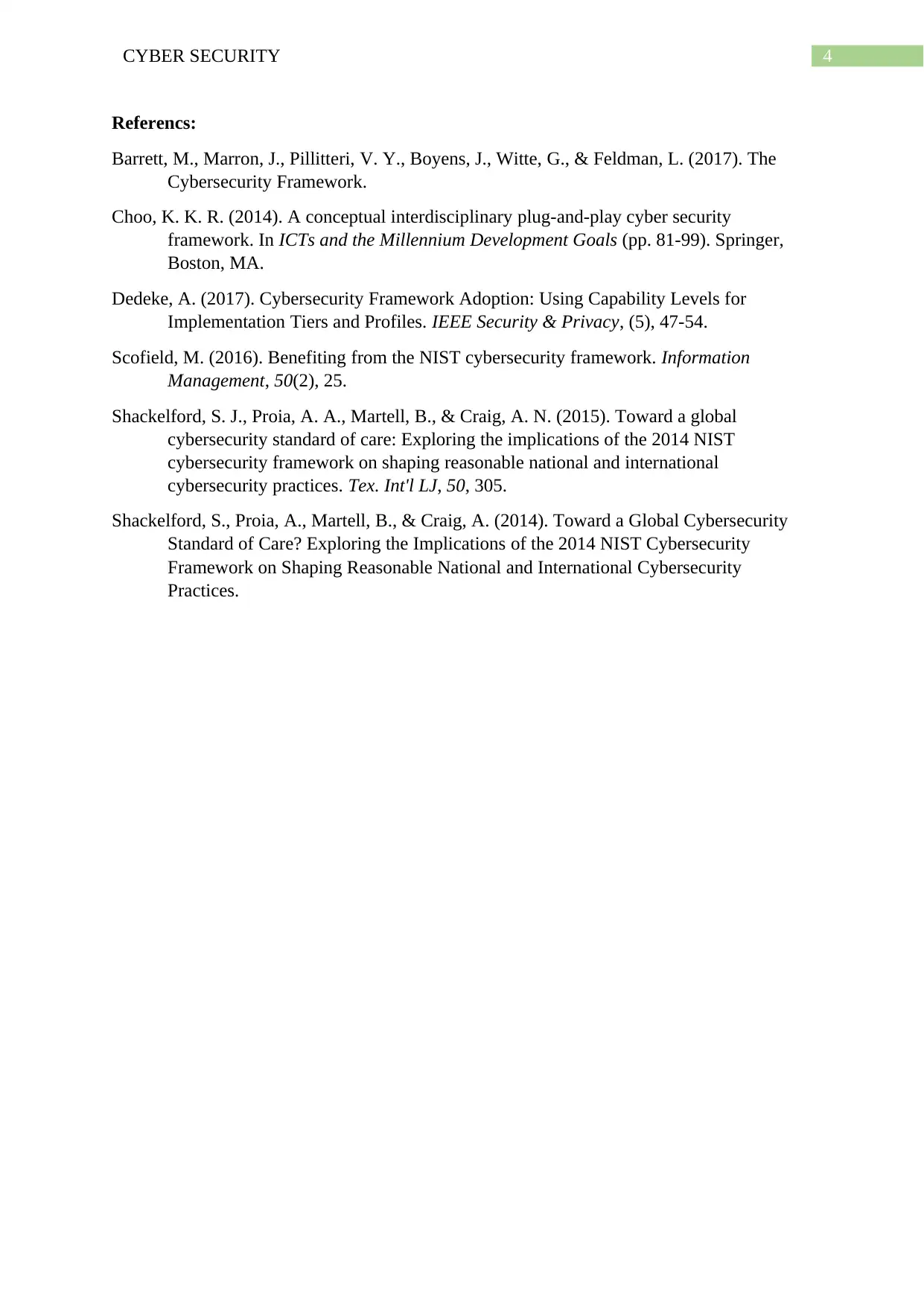






![[object Object]](/_next/static/media/star-bottom.7253800d.svg)